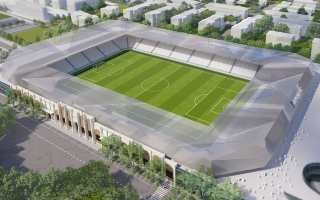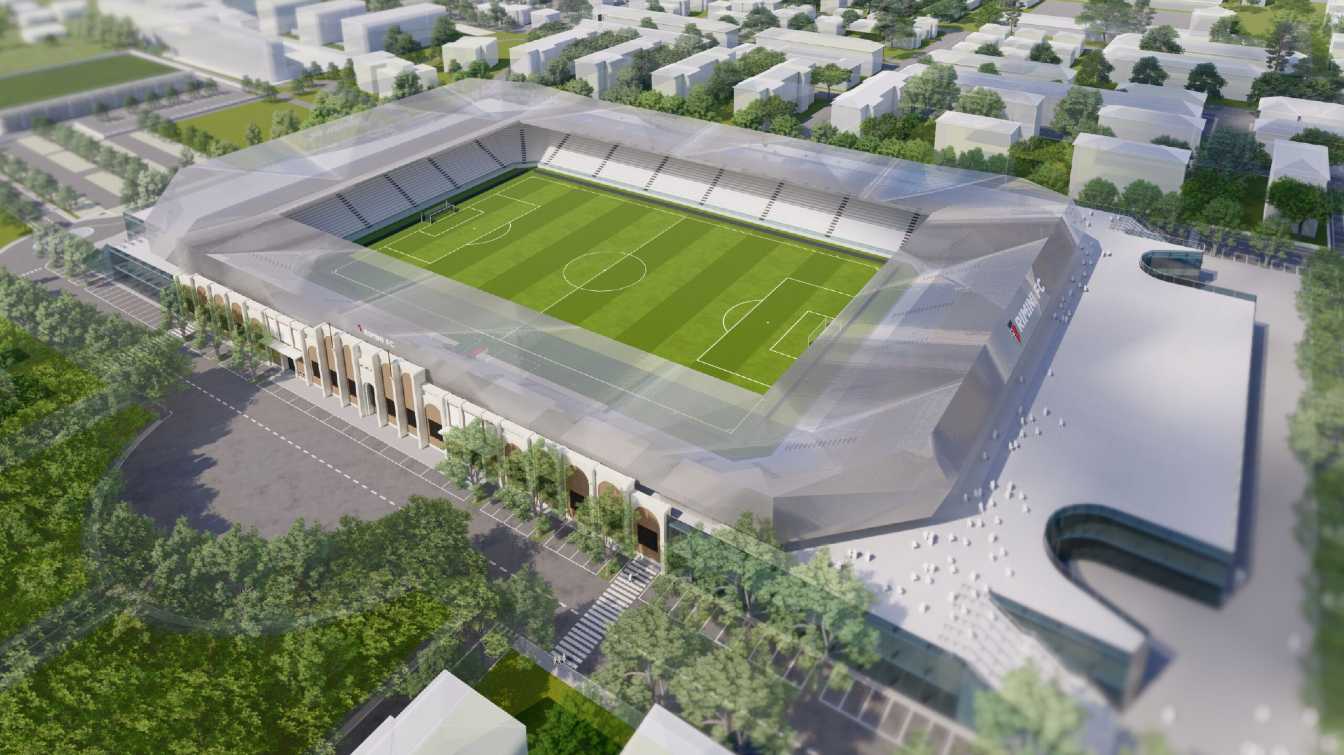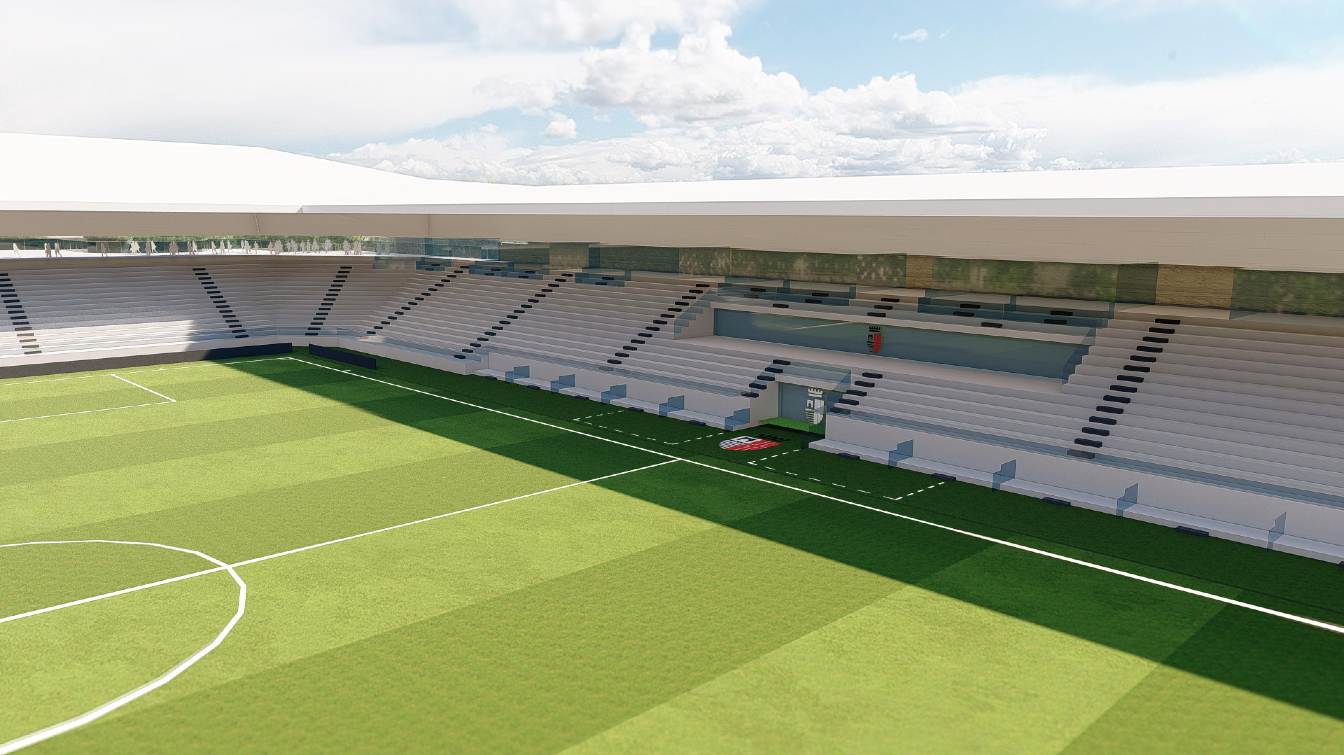Italy: Significant modernisation of a 90-year-old facility in Rimini
source: StadiumDB.com; author: Jakub Ducki
 Rimini is facing a major transformation. The old Romeo Neri stadium will be partially demolished and rebuilt. The new structure will accommodate 12,200 spectators in a modern, multi-purpose facility that will serve the city all year round.
Rimini is facing a major transformation. The old Romeo Neri stadium will be partially demolished and rebuilt. The new structure will accommodate 12,200 spectators in a modern, multi-purpose facility that will serve the city all year round.
Advertisement
Great transformation on horizon
Rimini's Stadio Romeo Neri will undergo a radical metamorphosis. The current venue will be partially demolished and a modern stadium will be built in its place. The project, which has attracted the interest of local residents and municipal authorities for months, has just been declared crucial for the Rimini community. Thanks to the green light from the city council, the project will enter the implementation phase in the near future.
The new stadium, which will be built on the foundations of the old Romeo Neri, will have a capacity of 12,200 seats, distributed over five sectors. The entire infrastructure of the stadium will be designed to meet the needs of both fans and athletes. The design does not include an athletics track, which will bring the stands as close to the pitch as possible, creating an atmosphere similar to English football stadiums.
The new stadium will not just be a sports venue. The project envisages the creation of a comprehensive sports and leisure centre, accessible all year round. The stadium will feature multidisciplinary sports spaces, a sports medicine centre, fitness and wellness areas, as well as modern food and retail facilities.

Architectural heritage and sustainability
Although the stadium is undergoing a major renovation, the project will preserve the historic west façade, which is an example of 1930s Italian architecture. The preservation of this element is a nod to history that will preserve the spirit of the place while introducing modern solutions. Attention to detail and respect for heritage are key elements of this ambitious project.
The reorganisation of the green areas around the stadium and the upgrading of pedestrian and cycle paths is also an integral part of the project. The new traffic layout aims to make access to the stadium easier and more comfortable. A three-level car park is also planned within the stadium grounds and additional parking spaces in the vicinity, which will significantly improve the traffic infrastructure around the venue.

Cooperation between municipality and investor
The project is made possible through a public-private partnership, in which the entire financing of the investment is provided by a private investor. Under the agreement, the stadium site will remain the property of the municipality and the investor will be granted the right to use the space for 90 years. At the end of this period, all infrastructure will pass to the municipality.
The City Council's decision to declare the project to be in the public interest is a key step in the implementation process. A final vote on the inclusion of the project in the three-year public works programme is planned for September, which will allow the next stages of the work to begin. The mayor of Rimini, Jamil Sadegholvaad, stresses that the project meets the expectations of the citizens and responds to the needs of the city, which deserves a modern and functional sports facility.

Advertisement

 StadiumDB
StadiumDB